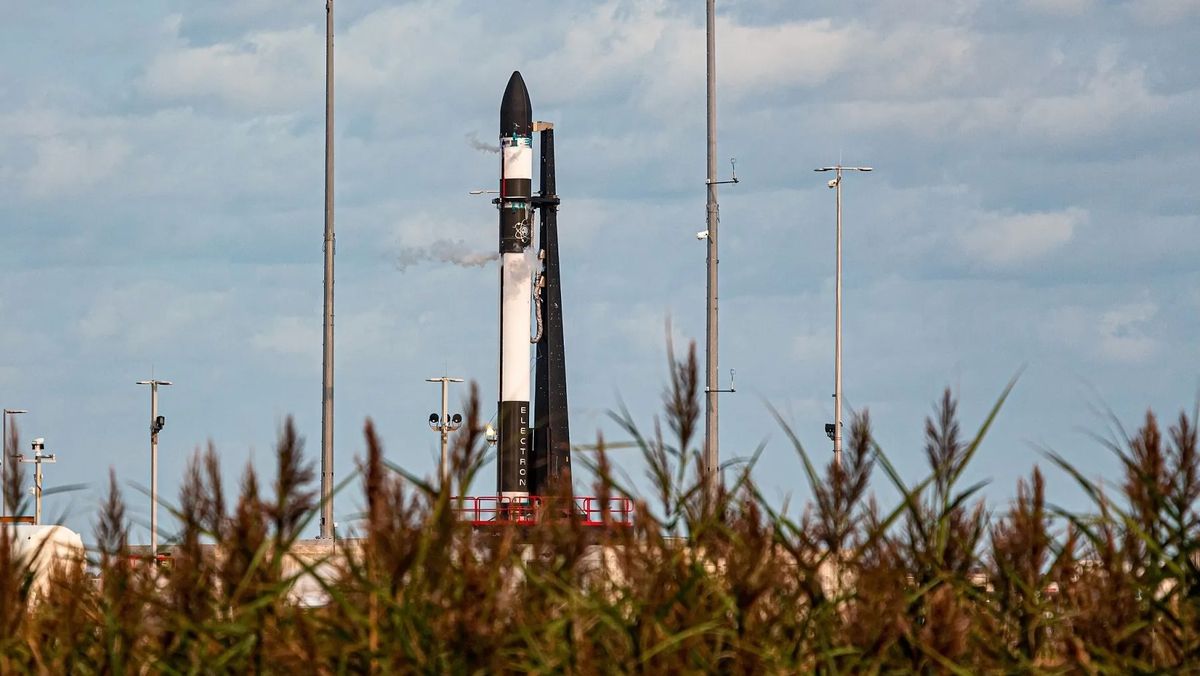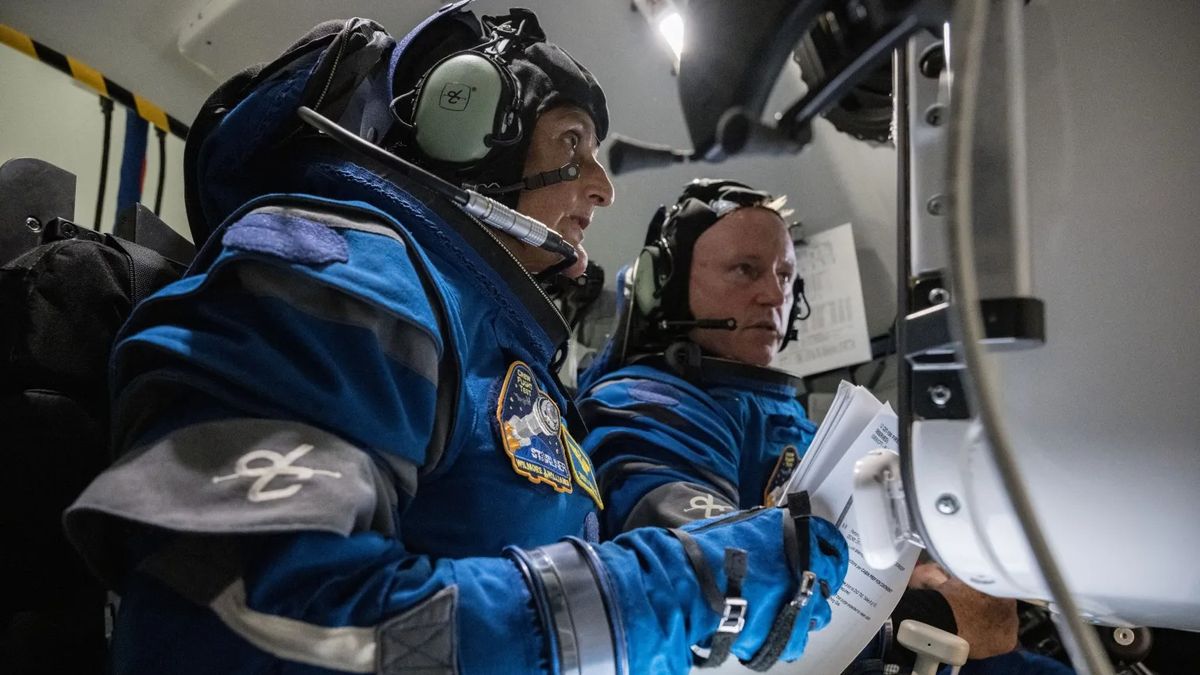Exploring the Saturn Moon Enceladus: European Space Agency’s Ambitious Mission
Europe is making impressive strides towards exploring the outer reaches of our solar system, with a recent report shedding light on potential plans to investigate the Saturn moon Enceladus for signs of life. The European Space Agency (ESA) is paving the way for a transformative mission under its “Voyager 2050” program, which outlines the scientific objectives for the mid-century. A dedicated panel of planetary scientists has zeroed in on Enceladus as the prime candidate for this ambitious endeavor.
The Fascination with Enceladus
Enceladus, a 309-mile-wide icy moon of Saturn, has captivated researchers since the Cassini mission’s discovery in 2006. Enigmatic plumes of water vapor gush through fractures in the moon’s surface, known as “tiger stripes,” located near the south pole. The gravitational forces of Saturn put Enceladus in a constant state of flux, maintaining a global ocean beneath its icy exterior and sporadically ejecting water through these prominent fractures.
ESA assembled a team of planetary scientists and engineers to assess the scientific potential and logistical feasibility of missions to Enceladus, Titan, and Europa. Led by astrobiologist Zita Martins, the panel delved into the complexities of exploring these moons, with a focus on habitable conditions and potential indicators of life.
The Quest for Life Beyond Earth
Enceladus emerged as the frontrunner due to its promising attributes, including liquid water, organic molecules, and chemical energy conducive to life. The proposed mission entails both an orbiter and a lander, with plans to gather samples from the moon’s surface and subsurface regions. The ultimate goal is to decipher the mysteries of Enceladus and potentially uncover evidence of microbial life.
If the mission comes to fruition, it will mark a significant milestone in space exploration, opening new avenues for understanding the origins of life in our solar system. With Enceladus as the focal point, ESA aims to solidify its position at the forefront of planetary science for years to come.
Challenges and Opportunities
While Enceladus steals the spotlight, missions to Titan and Europa hold immense scientific value as well. Titan’s unique hydrocarbon lakes present an intriguing prospect for exploration, while Europa’s subsurface ocean harbors tantalizing secrets waiting to be unveiled. Despite the challenges posed by each moon, ESA remains committed to pushing the boundaries of space exploration.
As we stand on the brink of unprecedented discoveries in our cosmic backyard, the forthcoming missions to Saturn’s moons herald a new era of exploration and scientific advancement. The quest for life beyond Earth continues to inspire and propel humanity towards a greater understanding of our place in the cosmos.
Image/Photo credit: source url





